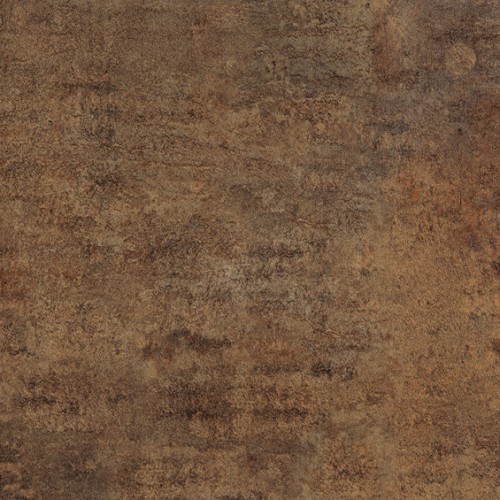


What safety precautions should I take before tarnishing brass?Īging brass may require close contact with harsh chemicals, such as household ammonia or brass agers. Dunk the brass in the lacquer stripper several times until the peeling stops. If it looks like the brass has started to peel, then there is a layer of coating. Even if you are unsure of whether or not you have lacquered brass, you can still add acetone over the surface. You can do this by dipping your brass item into a pool of acetone. Just be sure to rinse off the cleaner so the tarnish remains on the piece.Īnother aspect of preparing your brass piece is to ensure any lacquered coating is stripped from the object. If your brass is already aged and you want to clean tarnished brass, you can use vinegar to wipe away stains or dirt. The more dirt and oil you remove from the brass, the better the outcome of your aged brass. Some other solutions are to clean brass with vinegar, or a baking soda scrub, for an extra clean. Rinse off the soapy water and dry with a clean towel. When cleaning brass, it is essential to avoid touching the brass with your bare hands, as this may replace some of the oils you are trying to remove. To clean brass, use mild dish soap and warm water to clear away any excess oil or dirt. What kind of preparation should I do before tarnishing my brass?īefore making your antique-brass fixtures tarnished, you want to properly clean them and remove any lacquer from the surface. Doing this will create discoloration between the crevices without giving too much of a tarnished look. While buffing the brass, flake away some of the paint to reveal streaks of the shiny brass beneath it.įor a more understated look, you can also paint the brass and wipe it away after about a minute. Let the piece dry before using the best way to polish brass. If the item you want to “tarnish” doesn’t already have that shiny brass color to it, paint it that way before adding the layer of fake tarnish. You want part of the brass to peek out from underneath, just as with real tarnishing. Add a thin layer of spray paint or acrylic paint to the surface of the brass item.Īdd color either with a paint brush or by using a washcloth, but don’t cover the surface completely. It merely requires some artistic skill to make the brass look tarnished. The final option doesn’t require tarnishing the brass at all. Once you finish, rinse the brass fixture with hot water and dry before lacquering. To control how much of the brass tarnishes, use a softer version of steel wool, like 0000 steel wool, as a remover for the brass ager. You only need to leave the brass in the ager for a few seconds, periodically submerging the brass again and checking the depth and degree of the patina with each try. To use a brass ager, dip your brass item into a container of the solution. Google Shopping and Amazon offer a variety of brass agers on their sites with reviews to help you find the product that works best for you, though the most common one is called “Brass Ager.” As with other strong chemicals, use goggles and gloves for protection when handling. While there are many DIY solutions available to tarnish brass, you can also purchase a brass ager online. After you have attained that beautiful depth of patina rinse, dry, and lacquer. The best course of action is to check the coloring periodically until it reaches the desired look. The time frame for how long to leave your brass varies by your preference for tarnishing. Soak those paper towels the same way you did the first ones, then seal the container. Next, add a second layer of paper towels over the top of the brass item. Place the brass piece onto the soaked sheets, and sprinkle more salt on it. Soak the bottom layer of paper towels in ammonia and evenly sprinkle salt over the top. Leave plenty of room for a second layer of paper towels and your brass item to fit into the sealed container.

To use ammonia, fill a container large enough to hold your brass item on a layer of paper towels.


 0 kommentar(er)
0 kommentar(er)
